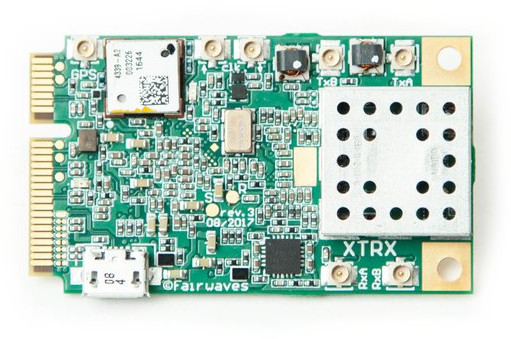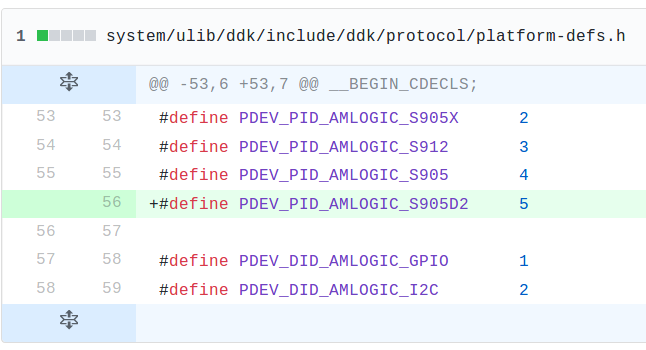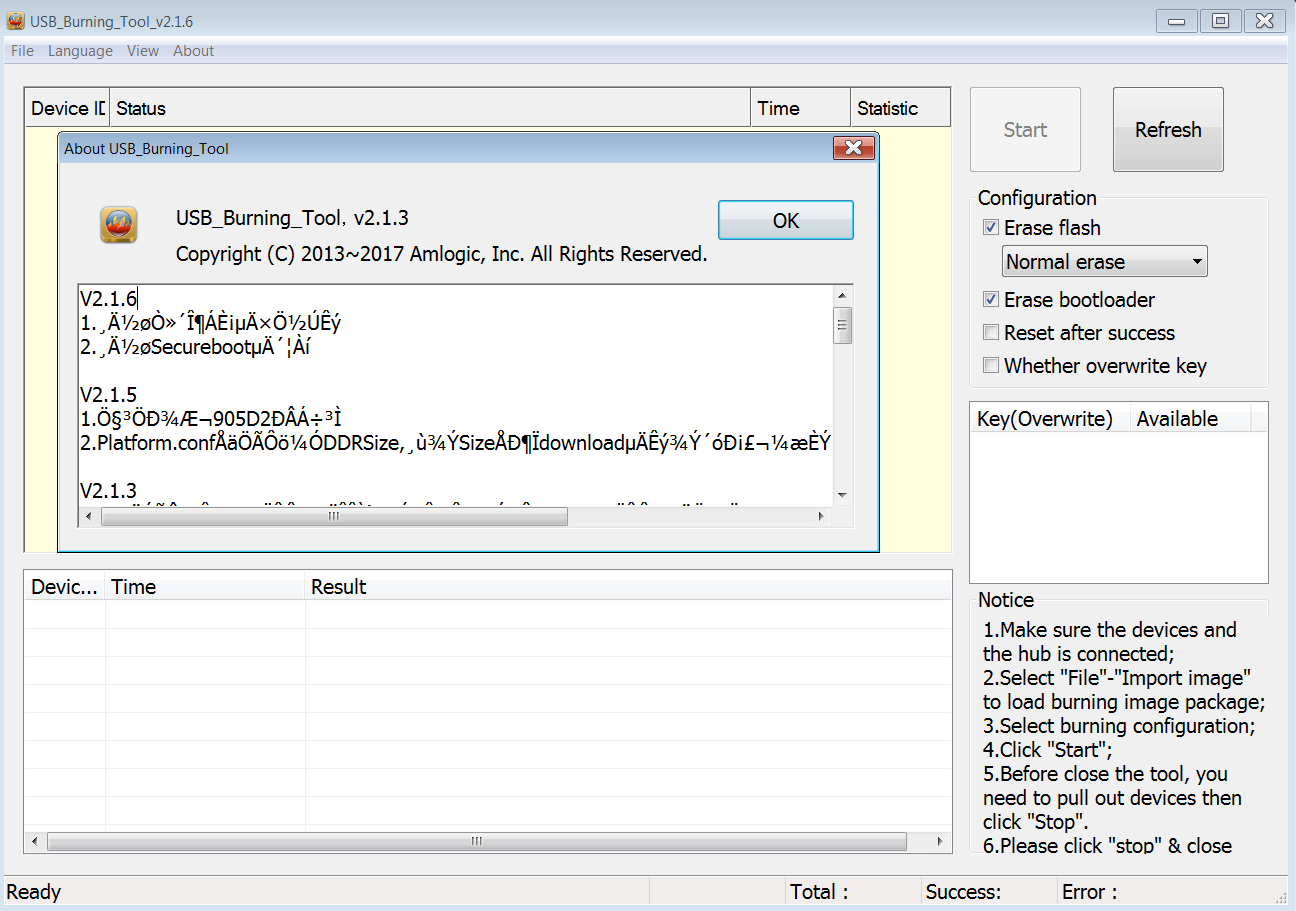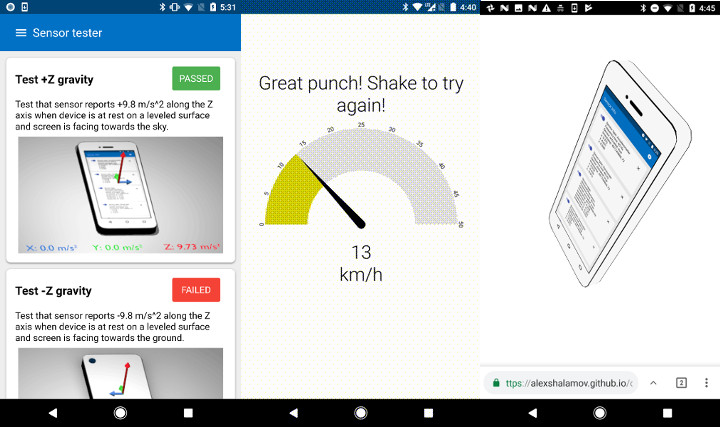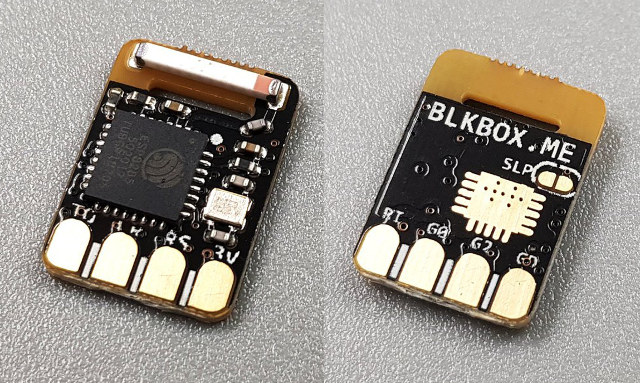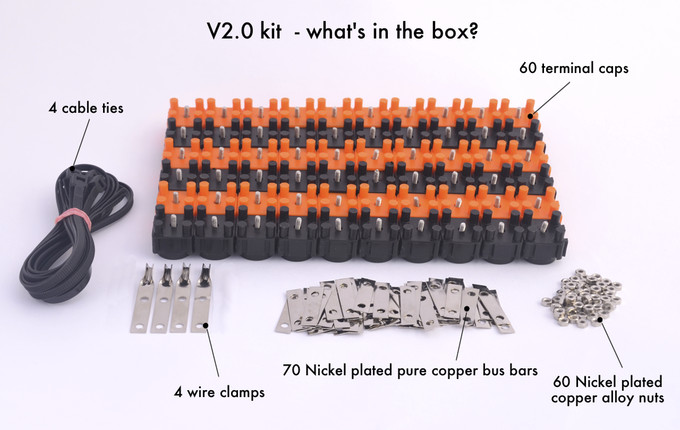Fairwaves is a startup that aims to make deploying and operating mobile networks in rural regions profitable, and their latest project is called XTRX, a high performance Software Defined Radio (SDR) board packed into a mini PCIe card form factor. The project was launched on Crowdsupply earlier with year, got fully funded by around 700 backers, and the company is now working on fulfilling backers rewards by the end of August. XTRX board specifications: RF Chipset – Lime Microsystems LMS7002M FPRF (as found in LimeSDR Mini) FPGA Chipset – Xilinx Artix 7 35T RF Channels – 2 × 2 MIMO Sample Rate – ~0.2 MSPS to 120 MSPS SISO / 90 MSPS MIMO Tuning Range: 30 MHz – 3.8 GHz Rx/Tx Range: 10 MHz – 3.7 GHz 100 kHz – 3.8 GHz with signal level degradation PCIe Bandwidth PCIe x2 Gen 2.0 up to 8 Gbit/s PCIe x1 Gen 2.0 […]
Facebook Oculus Go Standalone VR Headset Launched for $199 and Up
Oculus has developed virtual reality headset for several years, starting with VR development kits, before launching consumer VR headsets working with either a powerful computer (Oculus Rift), or a smartphone (Oculus Gear VR). But the company – now part of Facebook – has more recently been working on an all-in-one virtual reality headset called Oculus Go that works without external hardware, and launched it today starting at $199.00. Oculus Go specifications: SoC – Qualcomm Snapdragon 821 octa-core Mobile VR Platform System Memory – Storage – 32 or 64GB storage Display – 5.5″ display with 2560 x 1440 resolution; 538ppi; up to 72 Hz refresh rate Fresnel lenses Audio – Built-in spatial audio and integrated microphone Battery – Lithium-Ion battery good for about two hours for games to up to 2.5 hours for streaming media and video. Dimensions – 190mm x 105mm x 115mm Weight – 468 grams The company explains […]
Energizer POWERMAX P550S Smartphone Offers up to 20 Days Battery Life with a 5,000 mAh Battery
Energizer, the battery company, has now entered in the phone & smartphone business with devices boasting large capacity batteries such as their POWERMAX P550S Android smartphone powered by a Mediatek processor, and equipped with a 5,000 mAh battery promising over 20 days of standby time. Energizer POWERMAX P550S specifications: SoC – Mediatek MT6737 quad core Cortex A53 processor @ 1.3 GHz with Mali-T720MP GPU System Memory – 2GB RAM Storage – 16GB eMMC flash, micro SD slot up to 64GB Display – 5.5″ capacitive touch IPS display with 1280×720 resolution Cellular Connectivity 2G – 850/900/1800/1900 MHz 3G – 900/2100 MHz 4G / LTE – B3/B7/B20 Data / Voice – VoLTE, GPRS, EDGE, HSDPA up to 21 Mbps, HSUPA up to 5.76 Mbps, and LTE up to 150 Mbps downlink / up to 50 Mbps uplink Dual nano SIM card slot Wireless Connectivity – Wi-Fi 802.11 b/g/n, Bluetooth 4.0 LE, GPS […]
Amlogic S905D2 Quad Core Cortex A53 Processor Coming Soon with Google Fuchsia Support
Earlier today, I wrote about the latest version of USB Burning Tool, and noticed added support for Amlogic “905D2” processor in the changelog. I had heard about Amlogic S905X2, but S905D2? Never. I could find information in some recent Buildroot/Linux release notes, and as one would expect it’s another quad core Cortex A53 processor, and likely an update of S905D processor targeting set-top boxes with multiple independent tuners. Amlogic S905D2 specifications known so far: Processor – Arm Quad Cortex-A53 at up to 1.896 GHz GPU – Arm Dvalin MP2 GPU (Likely meaning Arm Mali-G31MP2) Memory I/F – DDR3/4, LPDDR3/4 Security – TrustZone & TVP Video decoding – 4K H265, VP9, and AVS2 Video Encoding – 1080p H264 H265 Video I/F – HDMI-Tx up to 4K2K, CVBS Ethernet – 10/100M/1000M IP License – Dolby, DTS There’s no mention about TS or DVB, but it appears the processor may be clocked faster […]
USB Burning Tool v2.1.6 for Amlogic Processors Released
Amlogic’s USB Burning Tool is a Windows based tool used to upgrade devices based on Amlogic processors over USB. Most devices now implement OTA firmware updates, so in most cases it is not necessary, but if your device has problem to boot, or want to update to a beta software it is often required, although now it is possible to use a micro SD card with Burn Card Maker. USB Burning Tool is often updated to fix bugs and support new processors, so you may want to check out you have the latest version to avoid any potential issues. Tanix provided a link to USB Burning Tool v2.1.6, which you’ll also find on mirror 1 and mirror 2. The executable will install the drivers and the utility itself. There’s also a changelog in Chinese. The Google Translation of the changelog may be useful to find out if you want to […]
Chrome 67 to Support the Generic Sensor API for Accelerometers, Gyroscopes, and Fusion Sensors
Once upon a time, web browsers were used to… well, browse the web, but overtime, features and API have been added to run apps with the ability to control hardware like webcams using the Media Capture API, GPIOs using JavaScript (e.g. node.js), or handle Bluetooth connectivity though the Web Bluetooth API. The W3C Generic Sensor API is one of the latest proposed API, and defines a framework for exposing sensor data to the Open Web Platform in a consistent way. Google has just announced Chrome 67 beta supports the new API. Four types of sensors are supported for now: accelerometer, gyroscope, orientation sensor combining accelerometer and gyroscope data, and motion sensor, another fusion sensor leveraging data from a magnetometer as well as the accelerometer and the gyroscope for example to act as a virtual compass. You can test the Sensor API on your phone or other device with sensors running […]
The World’s Smallest ESP8285 WiFi Module?
Taiwan based Blkbox may have designed the world’s smallest WiFi IoT module with their Espressif Systems ESP8285 based BB-E01P module pin-compatible with ESP-01 module, and measuring just 14×10 mm. BB-E01P module specifications: WiSoC – Espressif ESP8285 WiFi SoC with 1MB internal flash Connectivity – 802.11 b/g/n WiFi with chip antenna Expansion – 8-pin (2.54mm pitch) with Tx/Rx, CP, RS, GPIO0, GPIO2, 3V, GND (Same layout as ESP-01) Misc – Jumper supports Deep Sleep Mode (AT+GSLP) Power Supply – 3-3.6V Dimensions – 10 x 14 mm The board is preloaded with firmware version AT v1.6 / SDK v2.2. The module can be purchased on Tindie for $6.80 + shipping, so not quite as cost effective as ESP-01 module, but if the size / thickness is important for your project, that may still be worth it. The developer/company? seems to specialize in tiny modules, and they have a slightly larger (19x13mm) module […]
Easily Make DIY Battery Packs with this Building Kit for 18650 Batteries (Crowdfunding)
If you have a project that requires some serious battery power, and can’t find a battery pack that matches your requirements, making your own is possible, but usually expensive as the commonly used spot welding method requires expensive tools. Vruzend has created a modular lithium-ion battery building kit that greatly ease the making of DIY battery pack using 18650 battery cells using caps, nuts and bolts. There are two versions of the kit: V1.5 kit which supports up to 3.5A continuous and 7A peak per cell, and for higher power levels, the new V2.0 kit can handle up to 20A continuous (25A peak) per cell thanks to nickel plated copper-based conductors. It makes it suitable for EV racing, high power battery banks, and other power-hungry projects. The short video below explains how the kit works. https://www.kickstarter.com/projects/1354698863/diy-li-ion-battery-building-kit-make-your-own-1865?ref=nav_search&result=project&term=diy%20battery Vruzend battery build kit is now offered on Kickstarter, and the projects has been […]

